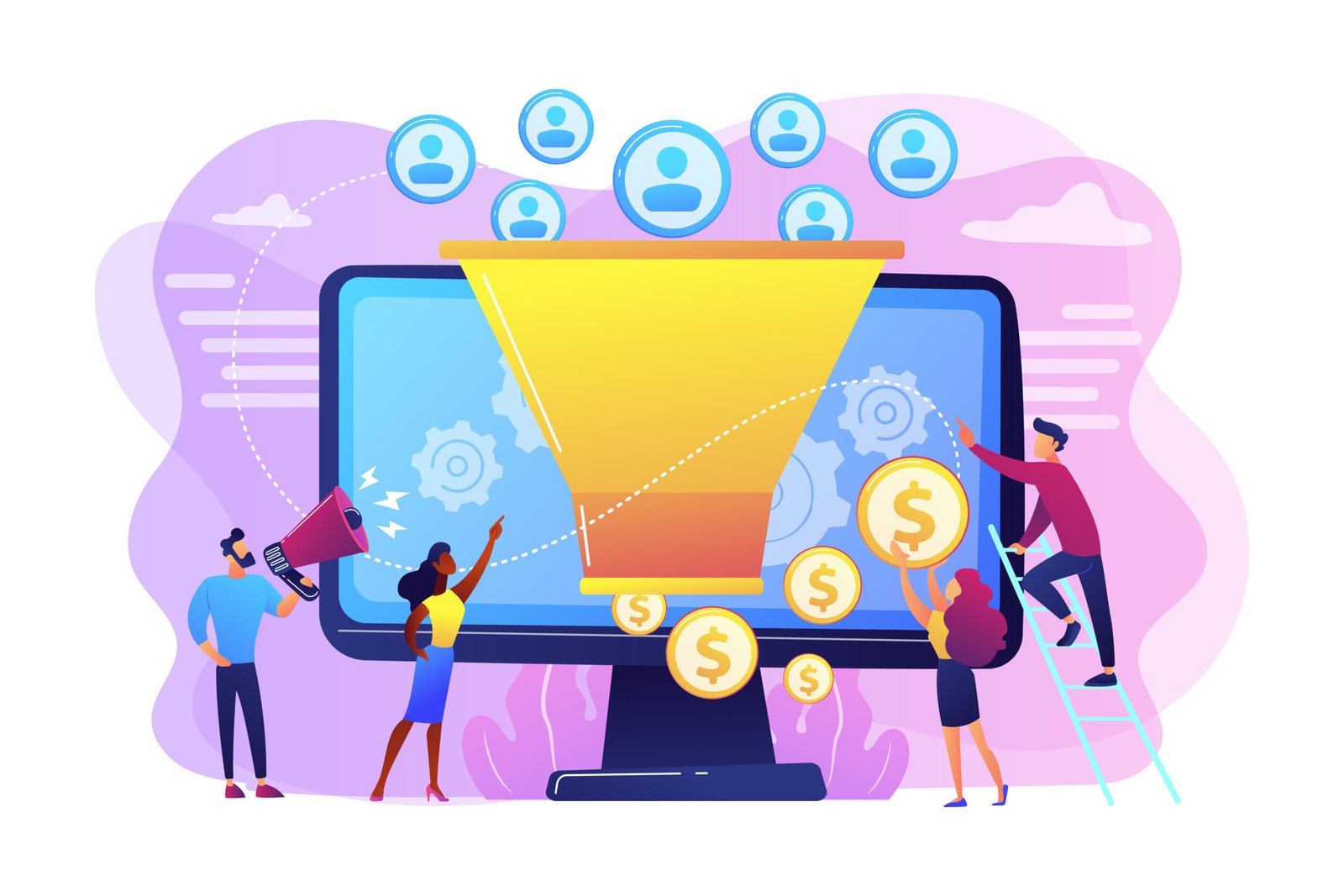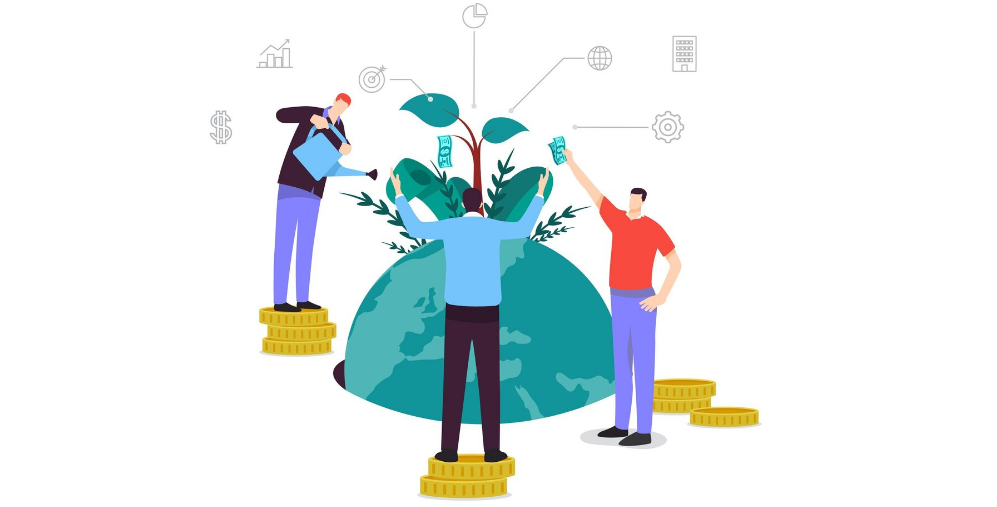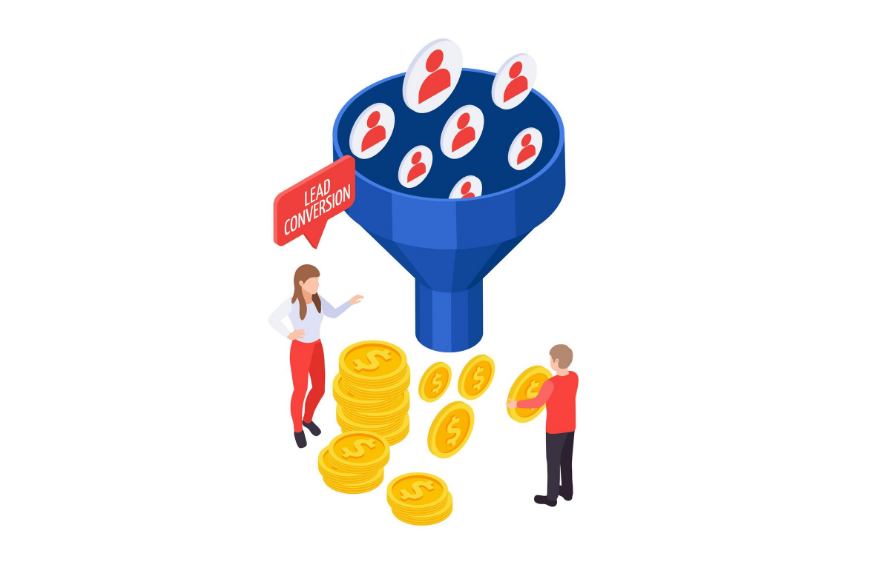Table of Contents
- What Is AI Personalization?
- Why AI Personalization Matters in B2B
- 1. Personalize Website Experiences
- 2. Improve Email Campaign Targeting
- 3. Tailor Lead Nurturing Workflows
- 4. Personalize Sales Outreach
- 5. Optimize Product Recommendations
- 6. Use AI for Predictive Lead Scoring
- 7. Personalize Retargeting Ads
- 8. Track and Optimize with Real-Time Insights
- Real-World Examples of AI Personalization Success
- Getting Started with AI Personalization
- Final Thoughts
B2B buyers today expect more than cold emails and generic messaging. They want relevance. They want value. And they want it fast. That’s where AI personalization comes in. By using artificial intelligence to tailor content, outreach, and experiences, B2B companies can connect with leads in a smarter way—and close more deals.
This blog explores how AI personalization helps improve B2B lead conversion, with clear examples, strategies, and tools you can start using today.
What Is AI Personalization?
AI personalization is the use of artificial intelligence to deliver relevant content or experiences to individual users based on data. It goes beyond simple segmentation. It uses machine learning, behavior analysis, and predictive modeling to make every touchpoint more relevant.
For B2B marketers and sales teams, this means tailoring messages, offers, and product recommendations to each prospect—at scale. You no longer have to guess what a lead wants. AI can tell you.
Why AI Personalization Matters in B2B
In B2B, lead conversion often takes time. Buyers do research, compare vendors, and evaluate solutions before they make a decision. AI personalization helps shorten this journey by offering the right message at the right time.
Here’s why it matters:
- Relevance builds trust. When leads see content that speaks to their industry, role, or pain points, they engage more.
- Faster qualification. AI can score leads based on behavior and intent, helping sales teams focus on high-potential prospects.
- Better timing. AI tools can identify when a lead is ready to talk, boosting conversion rates with well-timed outreach.
Now, let’s look at how to use AI personalization to improve B2B lead conversion.
1. Personalize Website Experiences
Your website is often the first place a lead interacts with your brand. AI tools can help personalize this experience in real time.
For example:
- Show industry-specific case studies to visitors based on their IP or browsing behavior.
- Recommend relevant blog posts or whitepapers based on what a visitor clicks.
- Use chatbots that greet returning visitors by name and guide them based on their past activity.
Tools like Mutiny, Dynamic Yield, and Segment make this possible without heavy coding. By delivering content that matches the visitor’s interests, you increase engagement and keep them in the funnel.
2. Improve Email Campaign Targeting
Email marketing is still a powerful B2B channel—but generic blasts don’t work anymore. With AI personalization, you can send emails that feel like they were written just for one person.
Here’s how:
- Use AI to segment leads based on behavior, firmographics, and engagement.
- Personalize subject lines and content based on industry, role, or product interest.
- Trigger emails based on actions—like downloading a guide or visiting a pricing page.
AI tools like HubSpot, Marketo, and Mailchimp offer features that make this easy. Personalized emails get higher open and click-through rates, leading to better conversions.

3. Tailor Lead Nurturing Workflows
Many B2B leads aren’t ready to buy right away. That’s why nurturing is so important. AI personalization makes nurturing smarter and more effective.
Here’s what you can do:
- Use predictive analytics to send content based on where the lead is in the buying journey.
- Automatically adjust email sequences based on engagement.
- Score leads based on interaction data, and move them to sales when they’re warm.
For example, if a prospect attends a webinar, AI can place them in a follow-up series that delivers case studies and demo offers. This kind of smart nurturing keeps leads moving forward.
4. Personalize Sales Outreach
AI personalization doesn’t stop with marketing. Sales teams can also benefit by tailoring their outreach.
With tools like Crystal, Outreach.io, or Apollo.io, sales reps can:
- Understand a lead’s communication style using behavioral AI.
- Craft outreach messages that mirror the lead’s tone and language.
- Get talking points and value propositions based on the lead’s company data.
This leads to more effective conversations and less back-and-forth. When reps show that they understand the lead’s needs, trust builds faster—and deals close quicker.
5. Optimize Product Recommendations
If you sell software, services, or tiered solutions, product recommendations matter. AI personalization can suggest the right package or feature based on a lead’s profile or behavior.
For example:
- If a mid-size company views your enterprise plan, AI can recommend a tailored package that matches their use case.
- Based on page views or downloads, AI can surface the most relevant case studies or testimonials.
These smart recommendations help reduce friction and guide leads toward a decision. It’s like having a virtual salesperson that’s always on.
6. Use AI for Predictive Lead Scoring
Lead scoring is essential in B2B. You want to focus on leads who are most likely to convert. Traditional scoring methods rely on static rules. AI personalization takes it further with predictive scoring.
Here’s how it works:
- AI models analyze patterns from past leads who converted.
- They match current leads to those patterns in real time.
- The system assigns a score based on how likely a lead is to become a customer.
This gives your sales team a clear view of which leads deserve attention first. Tools like Leadspace, 6sense, and MadKudu offer this functionality.
7. Personalize Retargeting Ads
Not all leads convert on the first visit. Retargeting ads help bring them back—but only if they’re relevant. AI personalization helps you show the right ad to the right person.
Examples:
- Show ads with specific products based on what a lead viewed on your site.
- Use dynamic ad content that updates based on the lead’s journey stage.
- Align ad creative with the lead’s industry or job title.
This approach turns retargeting into more than a reminder—it becomes a personalized nudge that brings leads back with purpose.
8. Track and Optimize with Real-Time Insights
AI tools provide ongoing insights into what works and what doesn’t. You can track performance, tweak campaigns, and improve continuously.
For example:
- Monitor email open rates and click-throughs.
- Analyze chatbot conversations for engagement patterns.
- Review lead scores and adjust nurturing flows accordingly.
This feedback loop helps your team stay agile. With every campaign, your personalization strategy gets stronger.
Real-World Examples of AI Personalization Success
Many companies are already seeing success with AI personalization in B2B. Here are a few highlights:
- Salesforce uses AI to deliver personalized dashboards and content within its CRM.
- Drift uses conversational AI to personalize chat experiences and route leads to the right rep.
- Adobe uses AI to deliver tailored B2B marketing campaigns based on user intent and behavior.
These companies prove that personalized experiences convert better and create long-term customer value.
Getting Started with AI Personalization
You don’t need to overhaul your entire system to start using AI personalization. Here’s a simple roadmap:
- Start with your website or email campaigns.
Use basic AI tools to personalize content blocks or messages. - Connect your data.
Ensure your CRM, email, and analytics platforms are integrated. AI needs clean, connected data to work well. - Test and learn.
Run A/B tests to see what type of personalization works best. Use small experiments to build confidence. - Expand gradually.
Once you see results, add personalization to chat, ads, and sales outreach. - Measure success.
Track conversion rates, engagement metrics, and lead scores. Use these to fine-tune your approach.
Final Thoughts
B2B buyers don’t want to feel like just another lead in a database. They want messages that matter, solutions that fit, and interactions that respect their time.
AI personalization makes that possible. By using AI to tailor every part of the lead journey—from website visits to emails to sales calls—you create a better experience and improve your chances of conversion.
Now is the time to act. Start small, focus on the right tools, and use AI to bring relevance back into your B2B strategy. Your leads—and your revenue—will thank you.






Leave a Reply